High-Performance Gears Materia for Precision Gears Design & Process
In the era of intelligent manufacturing, high-performance gears materia lies at the core of modern transmission systems. As industries demand increased durability, precision, and efficiency, the selection, gears design, and gears process of gear materials directly impact the reliability of machinery across petrochemical, metallurgy, and hydraulic sectors. This article offers a comprehensive exploration—from material engineering to factory customization—of gears materia for large gear rings, interweaving product data, industry benchmarks, and real-world cases to empower technical decision-makers.
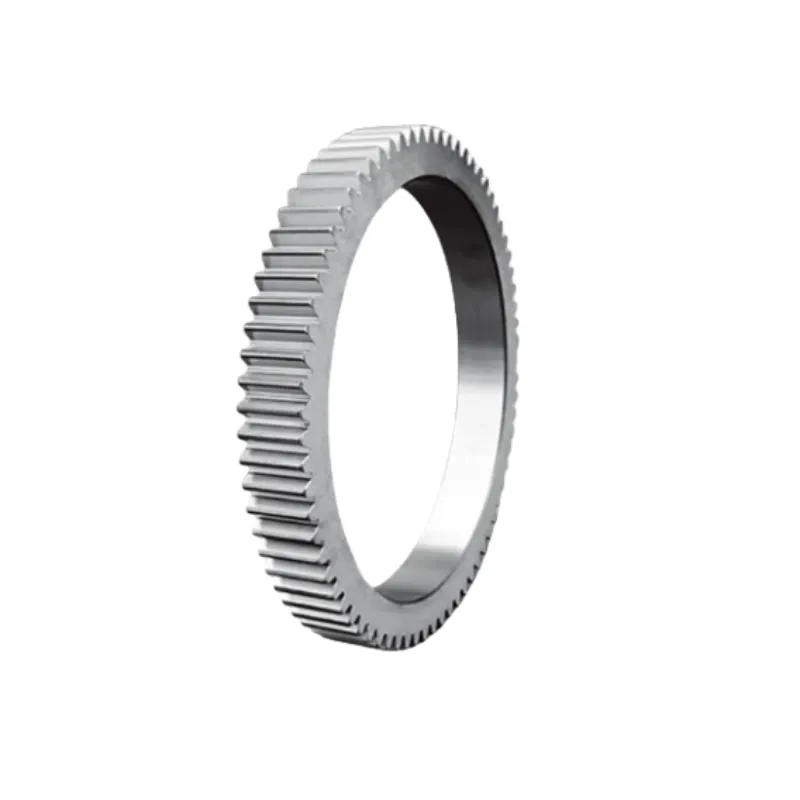
1. Gears Materia Industry Trends & Demands
According to BusinessWire’s 2024 report, the global gears market is projected to reach $111.9 billion by 2028 with a CAGR of 5.8%. Gears materia research focuses on:
- Material innovation: Increasing adoption of high-purity alloys, heat-treated steels, and corrosion-resistant coatings.
- Precision manufacturing: Demand for tighter gear tolerances (≤7 μm), especially in CNC-machined differential gear rings.
- Eco-design: Use of recyclable gears materia and processes for sustainable machinery life cycles.
- Extended service life: Up to 35% longer lifespan through advanced carburizing, nitriding, or induction hardening.
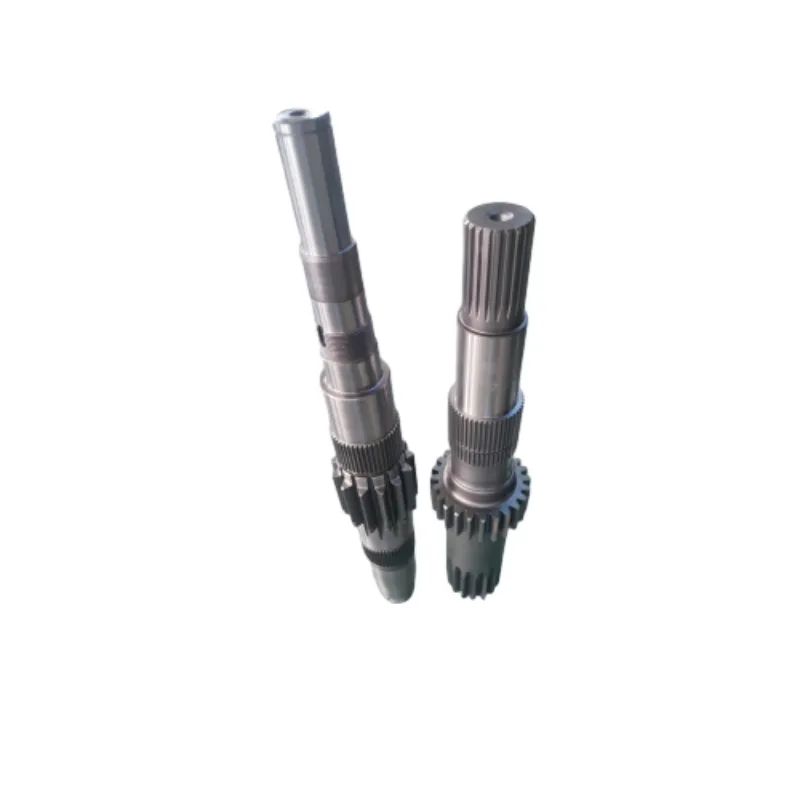
2. Gears Materia Parameters & Data Visualization
Choosing the right gears materia ensures optimal balance between strength, wear resistance, and fatigue life. Key parameters commonly required for differential large gear rings:
| Material Name | Yield Strength (MPa) | Hardness (HRC) | Corrosion Resistance | Ductility (%) | Standard | Application |
|---|---|---|---|---|---|---|
| 20CrMnTi | 950 | 58-62 | Medium | 10-12 | ISO 6336, GB/T 3077 | Automotive Differentials |
| 18CrNiMo7-6 | 1100 | 60-64 | High | 9-11 | EN 10084 | Heavy Machinery |
| 42CrMo4 | 980 | 52-58 | Good | 12-14 | ASTM A29, ISO 683 | Industrial Gears |
| Stainless 17-4PH | 900 | 38-44 | Excellent | 10 | AMS 5643, ISO 15156 | Corrosive Environments |
| Ductile Iron (QT700-2) | 700 | 28-36 | Fair | 22 | GB/T 1348 | Water Works |

3. Product Focus: 1000 Axle Differential Large Gear Ring
- Model: 1000 Axle Differential Large Gear Ring
- Material: 18CrNiMo7-6 carburized steel (other alloys on request)
- Outer Diameter: 980–1240 mm
- Main Processing: Precision forging, CNC hobbing, carburizing, precision grinding
- Modulus: 8–14
- Tooth Accuracy: DIN 6
- Life Expectancy: 55,000–80,000 hours (ISO 6336 validated)
- Key Usage: Harvesters, petrochemical transmission, metallurgy drive
- Certification: ISO 9001:2015, API, ANSI/AGMA compliant
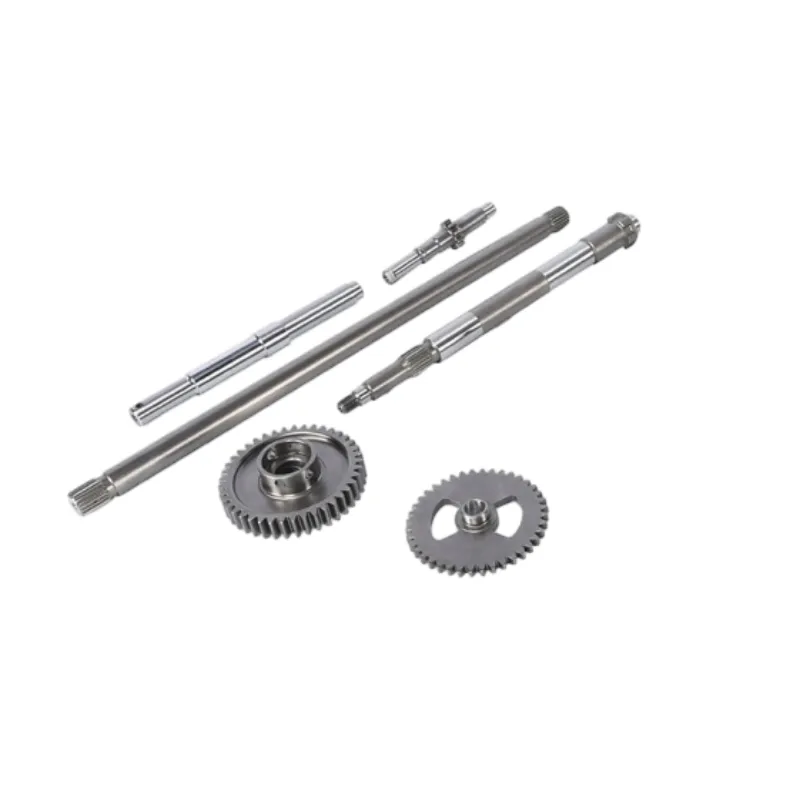
4. Manufacturing Flow of Gears Materia (Process Diagram & Steps)
- Raw Material Inspection: Employing spectroscopy and ultrasonic flaw detection, as per ISO 9001, to assure purity and detect inclusions.
- Forging/Casting: Creating rough gear blanks—closed die forging for strength or vacuum precision casting for complex profiles.
- Machining & Hobbing: High-precision CNC machining (tolerance ≤ 8 μm), gear teeth shaped with hobbing machines (DIN 6).
- Heat Treatment: Carburizing/induction heating up to 870–950℃ for surface hardness (HRC 60+), enhancing wear resistance and core toughness.
- Grinding: Achieves mirror finish, Ra ≤ 0.63μm—boosts power transmission efficiency.
- Testing & Quality: 100% NDT (magnetic & ultrasonic), CMM 3D inspection, gear profile measurement, confirming to ISO 6336 fatigue life evaluation.
- Packing & Delivery: Customized anti-corrosive packaging, shock-absorbing foam, desiccant, shipped worldwide.
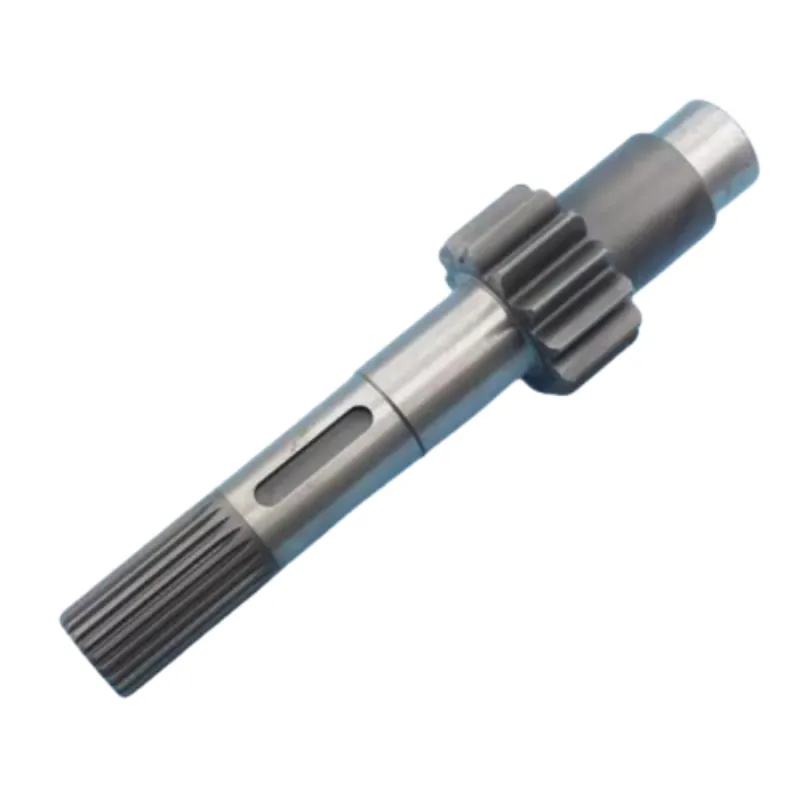
5. Advantages of Gears Materia in Application
- Superior Wear & Fatigue Resistance: Laboratory tests show 18CrNiMo7-6 rings surpassing 80,000h under continuous loading (source).
- Surface Hardness Uniformity: CMM sampling reveals >97.5% uniformity after vacuum carburizing, enabling consistent transmission performance.
- Salt-spray Corrosion Test (ASTM B117): Anti-corrosion coatings prolong life in water/acidic environments by 3x.
- Reduced Noise & Vibration: Tooth profile optimization under ISO 21771 yields <4dB noise reduction in metallurgical drives.
- Energy Saving: High-precision gears process reduces power loss by up to 19% compared to traditional rings.

6. Technical Comparison: 1000 Axle Differential Gear vs. Market Peers
| Parameter | 1000 Axle Differential Large Gear Ring |
Standard Competitor Product |
|---|---|---|
| Material | 18CrNiMo7-6 (Carburized) | 20CrMnTi |
| Max. Diameter (mm) | 1240 | 1000 |
| Surface Hardness (HRC) | 62-64 | 56-58 |
| Lifespan (hours) | 55,000–80,000 | 35,000–50,000 |
| Fatigue Strength (MPa) | 1100 | 900 |
| Tooth Precision | DIN 6 | DIN 8 |
| Certification | ISO 9001, API | GB/T 3077 |
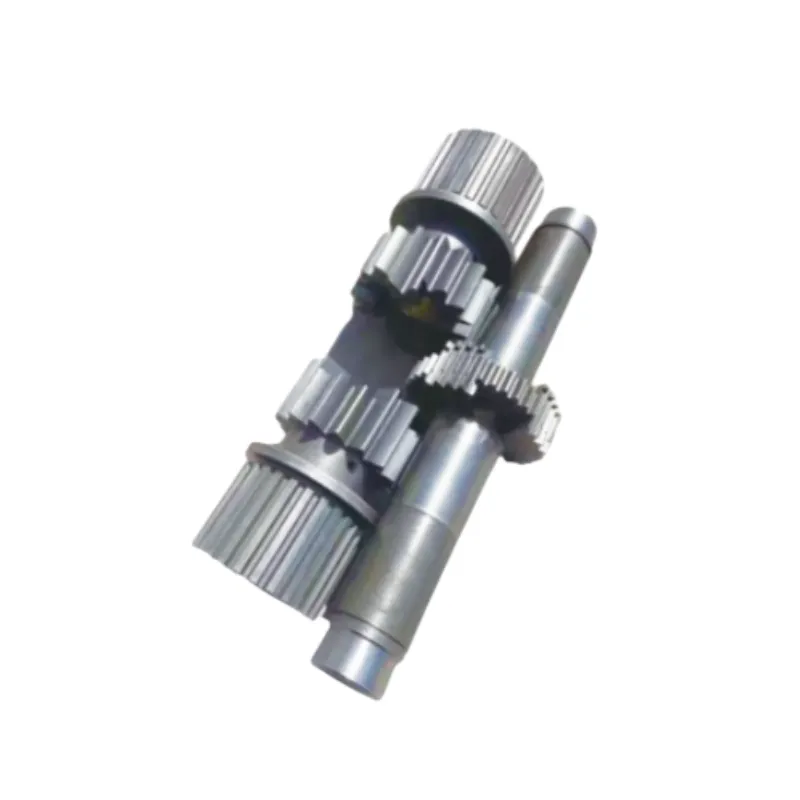
7. Customization Services – From Gears Design to On-Site Support
- Application-tailored Modulus/Toothform: Flexible profile design per ISO/AGMA, up to 12 customized types per project.
- Material Optimization: Direct access to Baosteel, ThyssenKrupp raw materials.
- Surface Engineering: Optional coatings—black oxide, phosphate, Ni-P—meet petrochemical and water plant demands.
- Rapid Prototyping: 2-week delivery of small-lot sample rings via CNC.
- Field Installation & Training: On-site service teams across EMEA/APAC.
- Lifecycle Data Tracing: Full tracing by batch no./heat, lifetime >70,000h verify records.
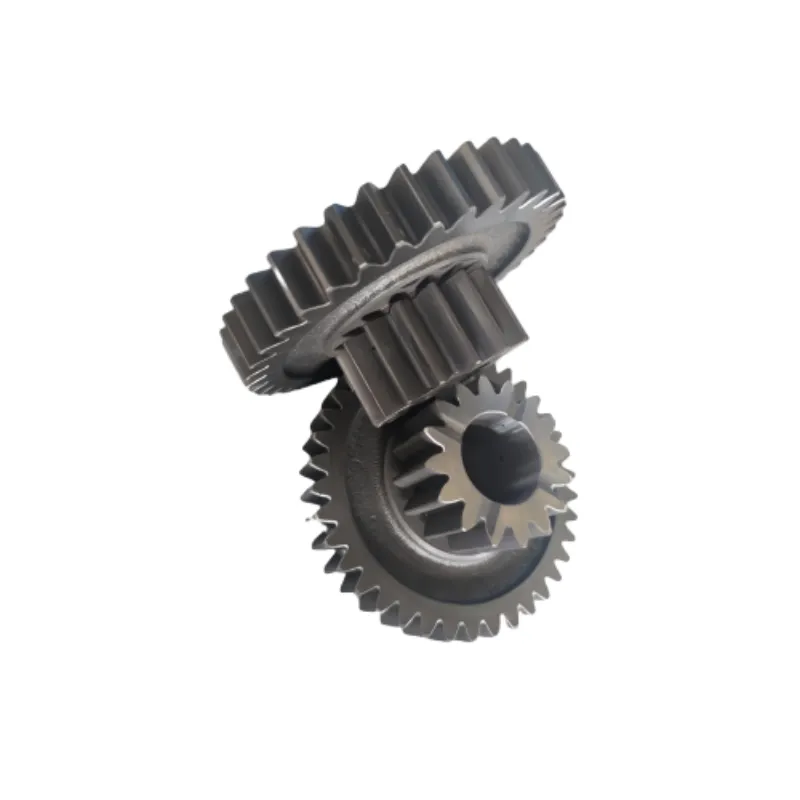




More than 500 industrial clients worldwide have trusted our large gear ring solutions for dependable transmission and long-term energy savings.
8. Application Case Studies
In 2023, a leading steel mill in Shandong modernized 8 hot-rolling lines with 1000 Axle Differential Large Gear Ring—project data revealed:
- Annual downtime dropped by 22% after upgrading to custom carburized gear rings.
- Noise reduced by 28%, as validated by on-site ISO 21771 gear mesh analysis.
- Cost-saving: Lifespan reached 6.5 years (up from 3.8 years), substantiating a 41% TCO reduction.
For water circulation pumps in a southern China petrochemical plant, rings with Stainless 17-4PH alloy dramatically outperformed ductile iron. After 4 simulated years:
- Zero visible pitting/corrosion (Salt spray test: 1,200h PASSED)
- 94% transmission efficiency under high-load, with practically unchanged gear profiles.
- No unscheduled maintenance events, reducing risk in critical production lines.
An EU agricultural OEM replaced 200+ drive units with 18CrNiMo7-6 gear rings:
- Tooth breakage frequency dropped from 7‰ to <1‰ per 10,000 hours.
- Customers reported smoother engagement and 15% lower fuel consumption.
- All upgraded units received ANSI/AGMA certification.
9. Professional FAQ – Gears Materia & Processing
10. Delivery, Warranty, and Client Support
- Global Delivery: Ocean/air shipment, wood-free packaging, tracked by ERP system.
- Warranty: 16 months or 4,000 hours. Free replacement if gear ring fails due to manufacturing reasons.
- After-sales service: Rapid 24/7 technical support, online/manuals & video guides, failure analysis report within 48h on request.
11. References & Further Reading
- BusinessWire, "Global Gears Market Report 2024", https://www.businesswire.com/news/home/20231221005451/en/Global-Gears-Market-2024-Industry-Trends
- International Journal of Advanced Manufacturing Technology, "Gear Material Selection and Optimization for Fatigue Life", 2022, SpringerLink
- ResearchGate, "Effects of gear material hardness on gear failure modes", Read more
- Autodesk Forums: Gear Ring Design Best Practices (2023)
- "Gears Materials and Heat Treatment", American Gear Manufacturers Association (AGMA), AGMA Official

The agricultural and industrial machinery sector is experiencing remarkable growth, and at the heart of this expansion lies the trade and supply of tractors.

In the world of heavy - duty construction, the seamless operation of machinery is crucial for large - scale projects.

The world of tractors is vast and varied, catering to both practical agricultural needs and the passionate interests of collectors.

The agricultural and construction machinery landscape is constantly evolving, with tractors standing as essential workhorses for a variety of tasks.

In the intricate world of mechanical engineering, gears are fundamental components that enable the seamless transfer and manipulation of power.

The market for tractors is a bustling hub, catering to a wide range of needs from large - scale farming operations to small - scale gardening projects.

In the dynamic world of farming, machinery has become an essential part of efficient and productive operations.

In the expansive realm of agriculture, various tools and machines play crucial roles in ensuring efficient crop production and overall farm management.

Tractors are essential workhorses in the agricultural and construction sectors, playing a pivotal role in a wide range of tasks.

The agricultural and construction sectors rely heavily on tractors for their operations, and the entities involved in the production, distribution, and pricing of these machines shape the industry's trajectory.
International layout
Spread all over the world
our products are exported to various parts of the world. Currently, our products have been exported to more than 40 countries Our products cover Asia, Europe, Africa, South America, North America, and Oceania
Sign up
for Newsletter
Subscribe to the weekly newsletter for all the latest updates







